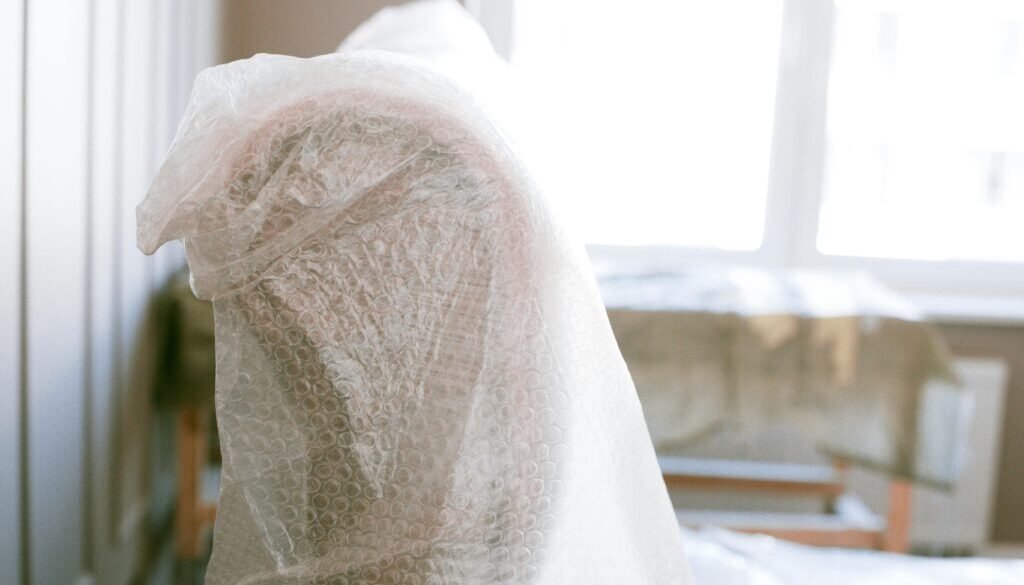How to Move Fragile and Valuable Items Safely: A Complete Guide
Moving homes or offices is always a stressful and challenging task, but when you have fragile and valuable items to transport, the pressure increases significantly. Whether it’s heirloom furniture, delicate glassware, valuable artwork, or expensive electronics, proper care and attention are essential to ensure these items arrive at their new destination unscathed. In this blog, we will guide you through the best practices and expert tips for moving fragile and valuable items safely, so you can have peace of mind throughout the moving process.
1. Plan Ahead and Assess the Fragility of Your Items
Before packing anything, take a moment to evaluate your valuable and fragile items. These items require special attention, so it’s essential to plan their handling before the actual move. Make a detailed inventory of all the delicate and valuable possessions you need to move. Categorize these items according to their level of fragility and value, as this will help determine how much care and what kind of packing materials are necessary.
Common fragile items include:
- Glassware (e.g., wine glasses, vases)
- China and ceramics
- Fragile electronics (e.g., TVs, computers)
- Art (e.g., paintings, sculptures)
- Antiques and collectibles
- Mirrors and framed pictures
Once you have your list, think about the best way to transport them, whether they’ll be moved by a professional moving company or if you’ll be handling the task yourself.
2. Use the Right Packing Materials
Proper packing is the key to ensuring your fragile items stay protected during transit. Use the highest quality packing materials to cushion and safeguard your possessions.
Here’s a list of essential packing materials to use when moving fragile and valuable items:
- Bubble wrap: The most important material for protecting delicate surfaces, preventing scratches, and providing cushioning.
- Packing peanuts: These can fill any gaps in boxes and provide extra cushioning.
- Foam sheets or foam-in-place: Ideal for fragile electronics and fine china, foam adds a layer of protection that absorbs shocks.
- Packing paper: Perfect for wrapping fragile items before placing them in boxes. Avoid using newspaper as it can leave ink stains.
- Stretch wrap: Use this to secure loose items and prevent them from shifting inside the box.
- Custom boxes: Specially designed boxes for artwork, mirrors, and other valuables are available for extra protection.
- Moving blankets: These thick, padded blankets are perfect for wrapping large furniture, antiques, or fragile items that can be scratched.
3. Pack Fragile Items Carefully
Once you have the appropriate packing materials, it’s time to carefully pack each fragile item. Here are some tips for packing different types of items:
Glassware and Ceramics
- Wrap each piece individually with bubble wrap, making sure to cover all surfaces, especially the edges.
- Place packing peanuts or crumpled packing paper at the bottom of the box to absorb shocks.
- When packing glassware, do not pack multiple items together in the same box. Instead, place one piece in each box with plenty of cushioning around it.
- For items like plates or bowls, stack them in the box vertically, not flat, to avoid pressure points. Use extra padding between each piece.
Electronics
- If possible, pack your electronics in their original boxes. These are often designed to offer the best protection.
- If the original box is not available, wrap electronics in bubble wrap and place them in a well-padded box with foam inserts to secure them in place.
- For items like TVs and computers, consider using specialized moving boxes designed for large electronics.
- Disconnect all cables and pack them separately, ensuring you label the cables to avoid confusion when you set everything up at your new place.
Art and Antiques
- Paintings and framed art should be packed in custom-sized boxes or frames with corner protectors. If you don’t have a custom box, wrap the art in bubble wrap, then cover it with moving blankets for added protection.
- For large or heavy artwork, consider hiring a professional to ensure safe transportation.
- For antiques, it’s essential to wrap them in thick layers of bubble wrap and use moving blankets. If the item is particularly delicate, you may need specialized crates or boxes to ensure its safety.
Mirrors and Glass Items
- Mirrors should be wrapped in moving blankets and placed in custom boxes or crates. Always mark the box as “fragile” to ensure the movers are extra careful.
- If you are moving glass items like windows, tabletops, or glass doors, these should be packed standing up in a box or crate. Use cardboard between each layer to prevent them from scraping against one another.
4. Label Boxes Clearly
Proper labeling is vital for ensuring that fragile and valuable items are handled with extra care. On each box, clearly mark the following:
- “Fragile” or “Handle with care”
- The contents of the box (e.g., “china,” “glassware,” “TV”)
- Any special instructions (e.g., “this side up,” “keep upright”)
If you are using a professional moving company, make sure the team knows which boxes contain fragile items. If you are handling the move yourself, consider color-coding or using symbols to differentiate fragile boxes from others.
5. Consider Hiring Professional Movers
While moving yourself may seem like the most cost-effective option, if you’re transporting a significant number of fragile or valuable items, professional movers can save you a lot of stress and potential damage. Professional movers are trained to handle delicate items with care and have the necessary equipment to ensure the safe transport of fragile goods.
Additionally, some moving companies offer insurance to cover any damage or loss, which can give you peace of mind knowing your items are protected financially during transit.
6. Ensure Proper Transportation
Once your fragile and valuable items are packed, ensure that they are loaded into the vehicle with extra caution. Items should not be stacked on top of each other, as this can lead to breakage from pressure. Ideally, fragile items should be placed in a location where they are less likely to shift during transport.
If you’re moving valuable items such as artwork or antiques, consider transporting them in your own vehicle instead of a moving truck, particularly for items that cannot be easily replaced. For items like electronics, ensure they are kept upright and away from heavy furniture or boxes.
7. Unpacking Fragile Items Carefully
After the move, take your time unpacking delicate items. Remove any packing materials carefully to avoid damage, and inspect each item for any signs of damage during the move. If you find any issues, report them to your moving company if you opted for insurance, and consider having the items repaired by a professional if needed.
Conclusion
Moving fragile and valuable items requires extra attention, preparation, and care. By following these tips, using proper packing materials, labeling your boxes clearly, and considering professional movers, you can ensure that your delicate possessions are safe during the move. Take your time, plan ahead, and remember that with the right approach, your fragile items will make it to their new home in perfect condition.
For more moving tips and assistance in finding reliable removalists, check out Compare Removalist Quotes to get quotes from trusted professionals and make your move as smooth and stress-free as possible.







